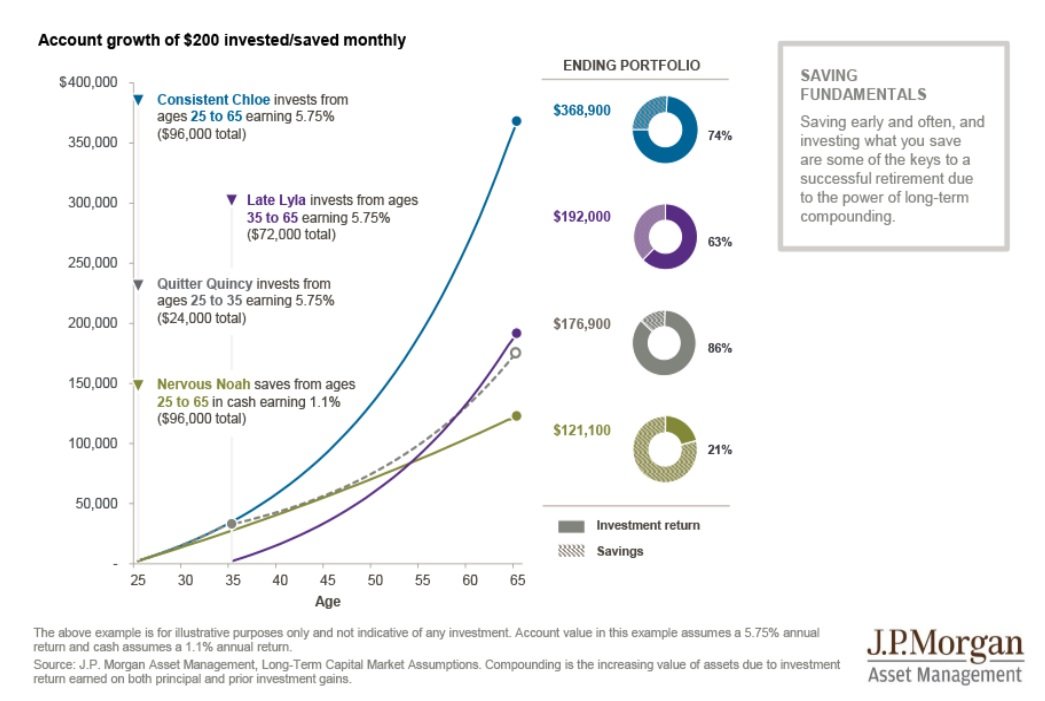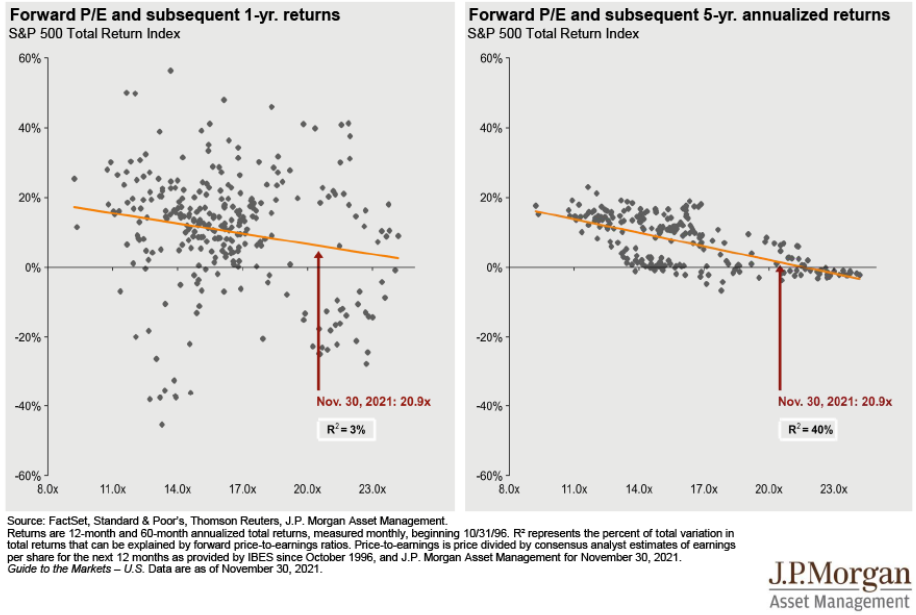 Contributed by: Nick Defenthaler, CFP®, RICP®
Contributed by: Nick Defenthaler, CFP®, RICP®
It is hard to believe, but it has been ten years since former Michigan Governor Rick Snyder signed his budget balancing plan into law, which became effective in 2012. As a result, Michigan joined the majority of states in the country in taxing pension and retirement account income (401k, 403b, IRA, distributions) at the state income tax rate of 4.25%.
As a refresher, here are the different age categories that will determine the taxability of your pension:
1) IF YOU WERE BORN BEFORE 1946:
Benefits are exempt from Michigan state tax up to $54,404 if filing single, or $108,808 if married filing jointly.
2) IF YOU WERE BORN BETWEEN 1946 AND 1952:
Benefits are exempt from Michigan state tax up to $20,000 if filing single, or $40,000 if married filing jointly.
3) IF YOU WERE BORN AFTER 1952:
Benefits are fully taxable in Michigan.
What happens when spouses have birth years in different age categories? Great question! The state has offered favorable treatment in this situation and uses the oldest spouse’s birthdate to determine the applicable age category. For example, if Mark (age 69, born in 1953) and Tina (age 74, born in 1948) have combined pension and IRA income of $60,000, only $20,000 of it will be subject to Michigan state income tax ($60,000 – $40,000). Tina’s birth year of 1948 is used to determine the applicable exemption amount – in this case, $40,000 because they file their taxes jointly.
Taxing retirement benefits has been a controversial topic in Michigan. As we sit here today, Governor Whitmer is advocating for a repeal of taxing retirees – however, no formal proposal has been released at this time. The following states are the only ones that do not tax retirement income (most of which do not carry any state tax at all) – Alaska, Florida, New Hampshire, Nevada, South Dakota, Tennessee, Texas, Washington, Illinois, Mississippi, Pennsylvania, and Wyoming. Also, Michigan is one of 37 states that still does not tax Social Security benefits.
Here is a neat look at how the various states across the country match up against one another when it comes to the various forms of taxation:
Source: www.michigan.gov/taxes
Taxes, both federal and state, play a major role in one’s overall retirement income planning strategy. In many cases, there are strategies that could potentially reduce your overall tax bill by being strategic on which accounts you draw from in retirement or how you choose to turn on various forms of fixed retirement income. If you would like to dig into your situation to see if there are planning opportunities you should be taking advantage of, please reach out to us for guidance or a second opinion.
Nick Defenthaler, CFP®, RICP®, is a Partner and CERTIFIED FINANCIAL PLANNER™ professional at Center for Financial Planning, Inc.® Nick specializes in tax-efficient retirement income and distribution planning for clients and serves as a trusted source for local and national media publications, including WXYZ, PBS, CNBC, MSN Money, Financial Planning Magazine and OnWallStreet.com.
Please note, changes in tax laws may occur at any time and could have a substantial impact upon each person's situation. While we are familiar with the tax provisions of the issues presented herein, as Financial Advisors of RJFS, we are not qualified to render advice on tax or legal matters. You should discuss tax or legal matters with the appropriate professional.





















